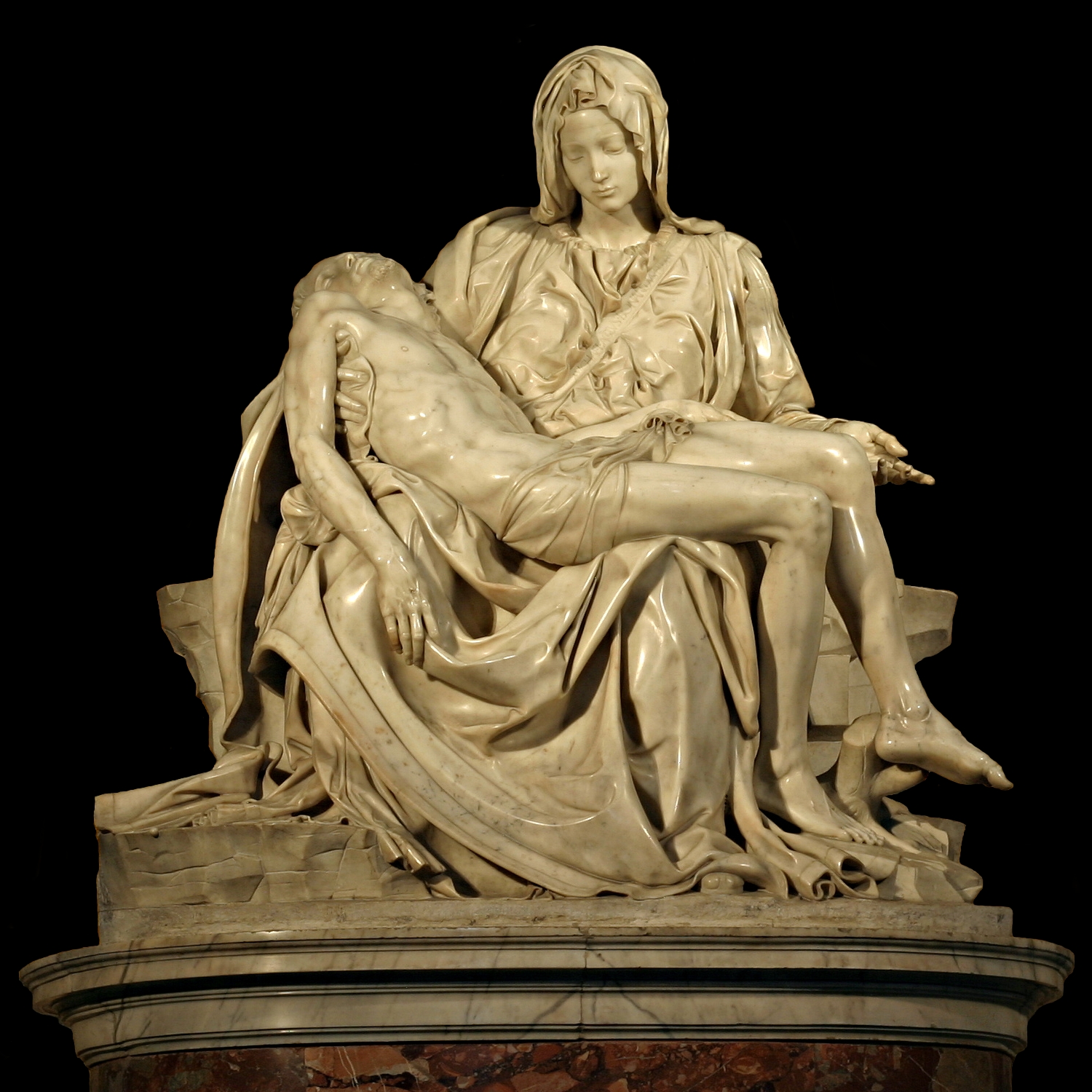Tuesday 29 March 2011
Whats happening with meetings
Monday 28 March 2011
Symposium 2: Second Research: Michelangelo



1) Cinquecento: A term used to describe the Italian Renaissance of the sixteenth century, including the current styles of art, music, literature, and architecture.
final meeting
work from today
The project was physically and emotionally torturous for Michelangelo. Michelangelo recounts its effect on him with these words: "After four tortured years, more than 400 over life-sized figures, I felt as old and as weary as Jeremiah. I was only 37, yet friends did not recognize the old man I had become."
http://www.michelangelo.com/buon/bio-index2.html
I shall produce the finest work ever created in italy, if god will help me.’ Pg 138 rolf schott

http://artmight.com/albums/2011-02-07/art-upload-2/m/Michelangelo-Buonarroti/Tomb-of-Pope-Julius-EUR.jpg

http://jackiewhiting.net/ArtHist/Images/2ceil_ve.jpg
Friday 25 March 2011
found

Wednesday 23 March 2011
Michael Angelo

Michelangelo’s masterpiece The Dream is one of the greatest of all Renaissance
Drawings. This complex work shows a naked youth being roused by a winged spirit from the vices that surround him.The Dream was almost certainly part of the great group of drawings which Michelangelo made as gifts for Tommaso de' Cavalieri, a young Roman nobleman with whom he had fallen passionately in love. With loans from worldwide collections, the exhibition unites The Dream for the first time with these amazing drawings.
Michael Angelo’s drawings and paintings where an insight into the mentality of how the artists worked and thought.

An energetic, dynamic, flying God points his finger at Adam, who is struck with life. There is no visible spark, but Michelangelo did not need one to create this very strong image. Adam is shown as a powerful youth, who in the centre of the composition receives the breath of life.
The dream was made roughly 1553 for Tommaso de’ Cavalieri the love of Michael Angelo’s life. Michael Angelo expressed his love by Poems, Openly Letters and five of the perfect drawings he had ever created known today as the presentation drawings.
Artist’s Affair of the Heart
Michael Angelo : The Creation of Adam
An energetic, dynamic, flying God points his finger at Adam, who is struck with life. There is no visible spark, but Michelangelo did not need one to create this very strong image. Adam is shown as a powerful youth, who in the centre of the composition receives the breath of life.

1510:
The Last Judgement
The Last Judgement is a fresco by Michael Angelo on the alter of the wall of the Sistine chapel in Vatican City. It had taken four years to complete it took place in 1537- 1541. Michael Angelo ho wever began working on it three decades after having finished the Sistine chapel ceiling. The painting is centred around the leading figure of Christ.
Angelo Quotes:
· A beautiful thing never gives so much pain as does failing to hear and see it.
· A man paints with his brains and not with his hands.
· Carving is easy; you just go down to the skin and stop.
· Death and love are the two wings that bear the good man to heaven.
· I am still learning
· I saw the angel in the marble and carved until I set him free
Tuesday 22 March 2011
MEETING THIS WEEK
Michaelangelo's art in modern culture
 |
| Fig.1 |
 |
| Fig 2 |
 |
| Fig.3 |
 |
| Fig. 4 |